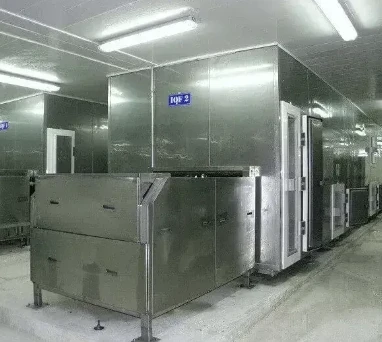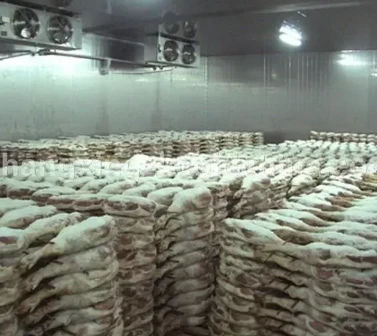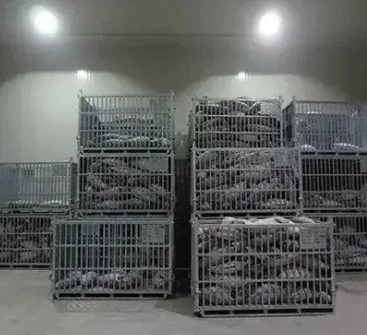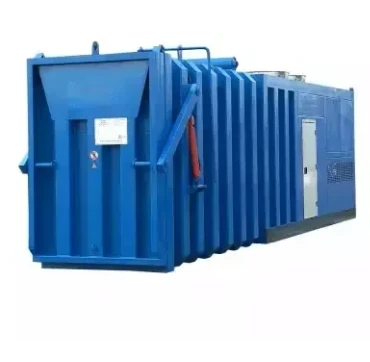Power Specifications for Walk-In Freezer Installation and Operation Requirements
Understanding Power Requirements for Walk-In Freezers
Walk-in freezers are essential components in many commercial and industrial settings, including restaurants, supermarkets, and food processing plants. They provide a controlled environment for storing perishable goods at low temperatures. However, ensuring that a walk-in freezer operates efficiently requires a good understanding of its power requirements. This article explores key aspects related to the power requirements of walk-in freezers, including factors influencing power consumption, typical energy needs, and tips for optimizing energy use.
Factors Influencing Power Consumption
1. Size and Capacity The size of a walk-in freezer significantly impacts its power needs. Larger freezers require more energy to maintain their internal temperature, as they have a greater volume to cool. The freezer's capacity, measured in cubic feet, directly correlates with its refrigeration load.
2. Insulation Quality The type and thickness of insulation materials used in walk-in freezers affect energy efficiency. High-quality insulation minimizes heat transfer, allowing the freezer to maintain low temperatures without consuming excessive energy. Effective insulation leads to reduced power requirements.
3. Ambient Temperature Walk-in freezers located in areas with higher ambient temperatures will require more power to maintain internal cooling. Therefore, the location and surrounding environment are crucial in determining energy needs.
4. Type of Refrigeration System Different refrigeration systems provide varying efficiencies. Systems like direct expansion (DX) or centralized cooling can influence overall energy consumption. Energy-efficient models may have higher upfront costs but can lead to lower long-term operating expenses.
Typical Energy Needs
The power requirements for walk-in freezers are typically measured in kilowatts (kW) or horsepower (HP). On average, a walk-in freezer may consume anywhere from 3 kW to 10 kW, depending on size, insulation, and refrigeration efficiency. It's important to consult manufacturers' specifications for exact figures, as they can vary significantly between models.
Energy consumption is also influenced by how often the freezer door is opened and closed. Frequent access increases the temperature inside the unit, leading to additional energy expenditure to restore the desired cooling levels. Therefore, minimizing door openings can result in better energy efficiency.
walk in freezer power requirements
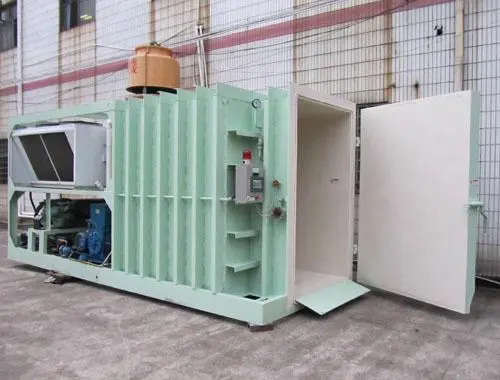
Optimizing Energy Use
To ensure that walk-in freezers operate at optimal efficiency, consider the following tips
1. Regular Maintenance Routine maintenance, including cleaning condenser coils and checking for refrigerant leaks, ensures that the system runs efficiently. Neglecting maintenance can lead to increased energy consumption and potential system failures.
2. Temperature Settings Set the freezer at the proper temperature (typically between -10°F and -20°F). Avoid excessively low settings, as they can lead to unnecessary energy expenditure without additional benefits for food preservation.
3. Door Management Use vestibules or airlocks to minimize the exchange of warm air when accessing the freezer. This design helps to maintain colder temperatures inside while reducing energy consumption.
4. Energy-Efficient Equipment When purchasing a new walk-in freezer, opt for models that come with energy-efficient features, such as enhanced insulation, variable-speed compressors, and advanced electronic controls. These features can significantly lower power consumption.
5. Monitor Usage Patterns Implementing smart energy monitoring systems allows businesses to track energy consumption patterns. This data can help identify inefficiencies and guide strategies for reducing power usage.
Conclusion
Understanding the power requirements of walk-in freezers is crucial for businesses aiming to reduce energy costs and enhance operational efficiency. By factoring in size, insulation, and ambient conditions, and by implementing optimizations, businesses can ensure their walk-in freezers operate effectively while meeting necessary energy standards. Prioritizing energy efficiency not only benefits the bottom line but also contributes to sustainability efforts in the food service and storage industry.
-
Walk In Cold Rooms: Perfect Solutions for Your Refrigeration NeedsNewsApr.15,2025
-
The Best Ice Machines for SaleNewsApr.15,2025
-
The Benefits of IQF Freezer TechnologyNewsApr.15,2025
-
The Benefits of a 40 Refrigerated Container for Your BusinessNewsApr.15,2025
-
Elevate Your Baking Process with a Top-of-the-Line Baking Blast ChillerNewsApr.15,2025
-
Discover the Best Solutions for Your Cold Storage NeedsNewsApr.15,2025













































































































